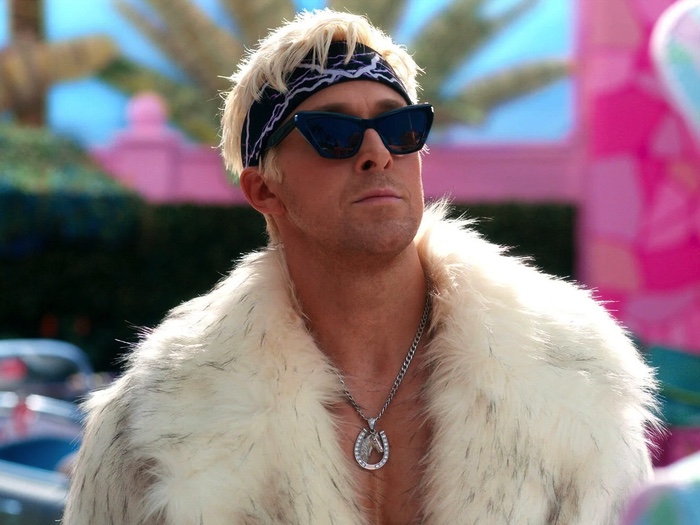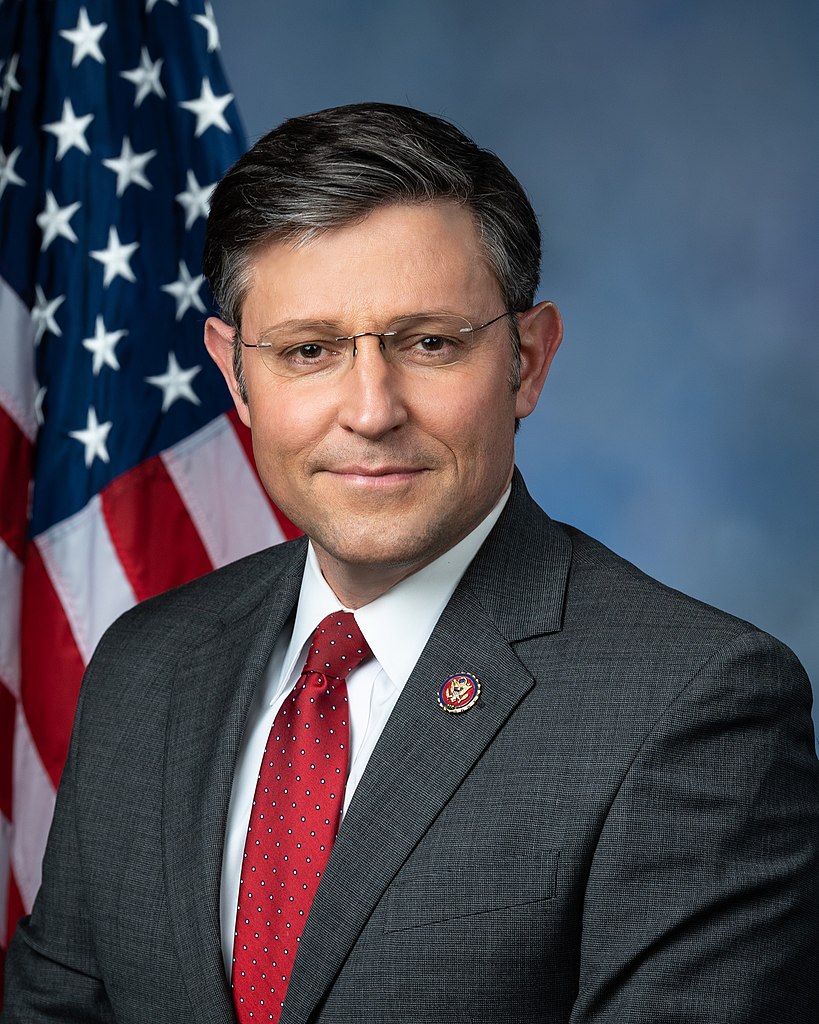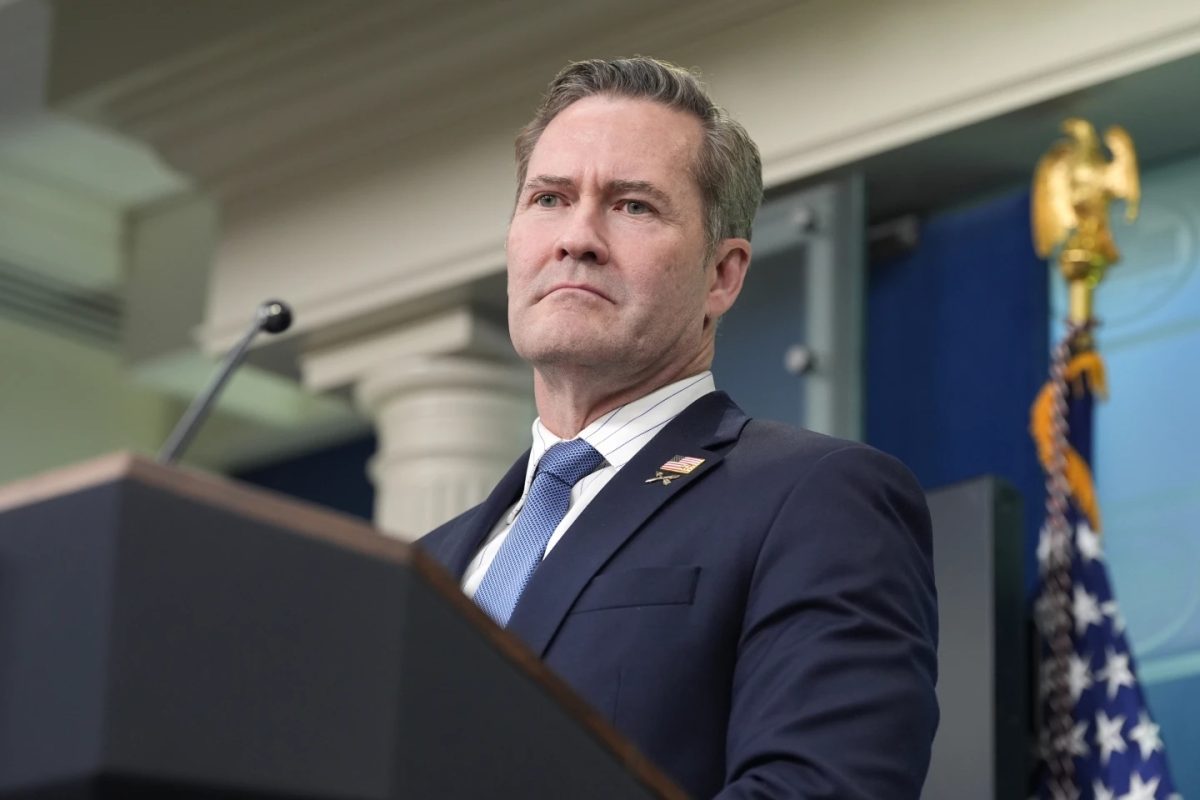Last August, then-15-year-old Greta Thunberg of Sweden decided not to attend school until that year’s general parliamentary elections in order to bring attention to the wildfires and heat waves that had accompanied her country’s hottest summer in 262 years. Instead, every day for three weeks during school hours, she sat outside of the Riksdag, Sweden’s Parliament, protesting the fact that the Swedish government had not done enough to reduce carbon emissions in accordance with the Paris Climate Agreement. The leaflets that she handed out read, “I’m doing this because you adults are sh*tting on my future.”
Children in other European capitals joined her. “Fridays for Future,” as the hundreds of weekly school strikes across the globe have come to be called, have given Greta worldwide prominence. She has been nominated for a Nobel Peace Prize, helped to lift the European Greens in elections across the continent, addressed the United Nations climate conference in Poland and met Pope Francis. Yesterday, she arrived in New York Harbor after a two-week journey sailing across the Atlantic in a zero-carbon racing yacht to speak at the United Nations Climate Summit (she refuses to fly due to the carbon emissions associated with commercial jets).
So, what has made Greta one of the world’s first political leaders born this century (as well as a lightning rod for criticism from conservative climate change deniers, despite being a 16-year-old girl with Asperger’s syndrome)? Her politics rests on two extraordinarily effective tenets. First: simplification. “The climate crisis has already been solved,” she said at a TED Talk in Stockholm this year. “We already have the facts and solutions. All we have to do is wake up and change.” Second is sowing panic, as she explained at the World Economic Forum in Switzerland last year. “I want you to act as you would in a crisis,” she said. “I want you to act as if our house is on fire. Because it is.”
Greta’s newfound prominence in the public eye coincided with a summer that brought some of the most extreme weather Europe has ever seen. Record, deadly heat engulfed the continent the past two months; for example, the high temperature in Paris reached 109 degrees one day in late July. Yet like most Americans, most Europeans hold tight to their driving and consumption habits. While over time, more of the public has come to understand anthropogenic climate change — only 13 percent of Americans and fewer Europeans say that human activity is “not responsible at all” for global warming — most climate activism hasn’t proven enough to translate belief into action. Provocations and disruptions are needed. Esoteric scientific analyses of what will happen to our planet when the concentration of carbon dioxide in our atmosphere rises above 400 parts per million simply don’t rally the public to demand more from their elected officials as powerfully as the looming specter of self-extinction.
Herein is a new practice that Greta and other major climate activists, particularly in Europe, have come to embrace. It’s known as shifting the Overton window, or the range of ideas tolerated in public discourse. When the political landscape shifts in startling ways, what was once an obscure idea gains relevance and falls into the window of political possibility. Grassroots mobilizers like Greta, not politicians, are often the best at expanding the Overton window because they are unafraid of bold, new ideas. It’s the job of politicians to understand where the Overton window lies. Broadening the debate is by far the best way to turn climate policy from nibbling at the problem in a miserly way to actually solving it. While some may deride Rep. Alexandria Ocasio-Cortez (D-NY) and Sen. Ed Markey (D-MA) for the supposed impracticality of the Green New Deal, part of the point of ambitious action like their resolution is to put a finger on the pulse of what the public will support. The answer is much more than what the lackluster pace of climate policy progress would have you believe; data proves that the vast majority of Americans support the decarbonization of the electricity sector.
By and large, the people have not yet been heard above the consolidated wealth and power of the entrenched energy industries. But as the impacts of climate change become more obvious and immediate, we will need to start demanding a lot more from our leaders and prove to them that the Overton window has shifted dramatically. Those who are finally heard will sound a lot like Greta Thunberg.















TD • Aug 30, 2019 at 9:52 am
In 2008 – 2009 a bi-partisan bill for Cap-and -Trade passed the House of Representatives
to deal with climate change. Previously, Cap-and Trade legislation passed in the 1990s to deal with sulfur dioxide and proved highly efficient and effective. The sulfur bill was the Republican’s
answer to a direct tax on emissions. The 2009 climate change bill was headed to the Senate when Charles Koch and Koch Industries decided to kill the bill. Using the Cato Institute, Koch Industry lobbyist, Americans for Prosperity and other groups directly or indirectly funded by Koch and his allies. Koch Industries PAC also funded challengers in Republican primaries to defeat Congressman who voted for the bill. For a complete explanation of how Charles Koch brilliantly defeated the 2009 climate change bill read chapters 19&20 of KochLand, The Secret History of Koch Industries
and Corporate Power in America by Christopher Leonard. While Koch had assistance from the likes of Exxon, they have since parted ways, as Exxon does not support Trump’s loosening
of the methane emissions rules.